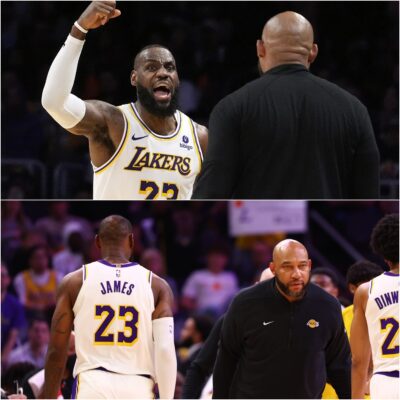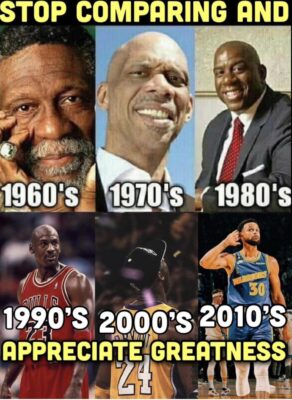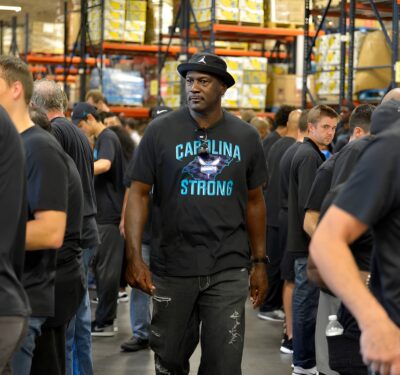Tesla CEO Elon Musk introduced a humanoid robot called Optimus at the electric vehicle maker’s “AI Day” event on September 30.

The important thing is that Optimus will cost much less than a car.
According to The Guardian, the billionaire said the robot business would be worth more than cars and hopes to expand the business market beyond driverless vehicles, an area he has not yet realized despite repeated promises.
During the unveiling, a prototype of the Optimus robot walked onto the stage and waved to the audience. At the same time, the screen also showed a video of the robot lifting a box, watering plants and moving metal bars in the factory.
“Our goal is to create a useful humanoid robot as quickly as possible. However, there is still a lot of work to be done to refine Optimus and prove it,” said Elon Musk.
Mr Musk said current humanoid robots are “brainless” and they don’t have the intelligence to navigate the world on their own. They are also very expensive so they are produced in small quantities.

Tesla introduced a humanoid robot called Optimus at the electric vehicle maker’s “AI Day” event on September 30. (Photo: Reuters)
But Optimus will be an “extremely capable robot”, in the future will be produced in very large numbers, around millions of robots and is expected to cost much less than a car, ie. less than $20,000.
According to Reuters, Tesla said the company developed a robot prototype in February of this year. Representatives of Musk and Tesla acknowledge that there is still a lot of work to be done to achieve the goal of mass production of low-cost robots, using technology designed by Tesla that can replace humans at work.
Other automakers, including Toyota Motor and Honda Motor, have developed humanoid robot prototypes capable of doing complex things like playing basketball, and production robots from ABB and others are the mainstay. mainstay of automobile production.
But Tesla is alone in driving the market opportunity for residential robots and factory use.

A next-generation Tesla robot, moved by employees onto the stage, uses Tesla-designed components, including a 2.3 kWh battery pack, a system of chips and actuators to control the components. . The designed robot weighs 73 kg.
“This robot can’t move yet. But I think it will be able to walk in a few weeks,” Musk said.
According to Elon Musk, this event is to detail the process of Tesla designing the robotic hand and using simulated collision technology to test the ability of the robot to fall onto the face of the robot without breaking.
Musk said mass deployment of robots has the potential to “transform civilization” and create “a future of wealth, a future free of poverty”. But he believes it’s important for Tesla shareholders to be able to check the company’s operations.
“If I go crazy, the company can fire me. This is important,” Musk said.
Tesla also discussed its long-delayed self-driving technology at the event. Engineers working on self-driving car software describe how they designed the software to choose actions, such as when to merge into traffic, and how they sped up the computer-aided design process.

In May, Musk said that the world’s most valuable automaker would “be worth essentially zero” if it didn’t achieve full self-driving capabilities and faced technological hurdles.
Musk said he hopes Tesla will achieve full self-driving capabilities this year and mass-produce robotaxi without a steering wheel or pedals by 2024.
At an “Autonomy” event in 2019, Musk promised 1 million robots by 2020 but has yet to deliver such a vehicle.











